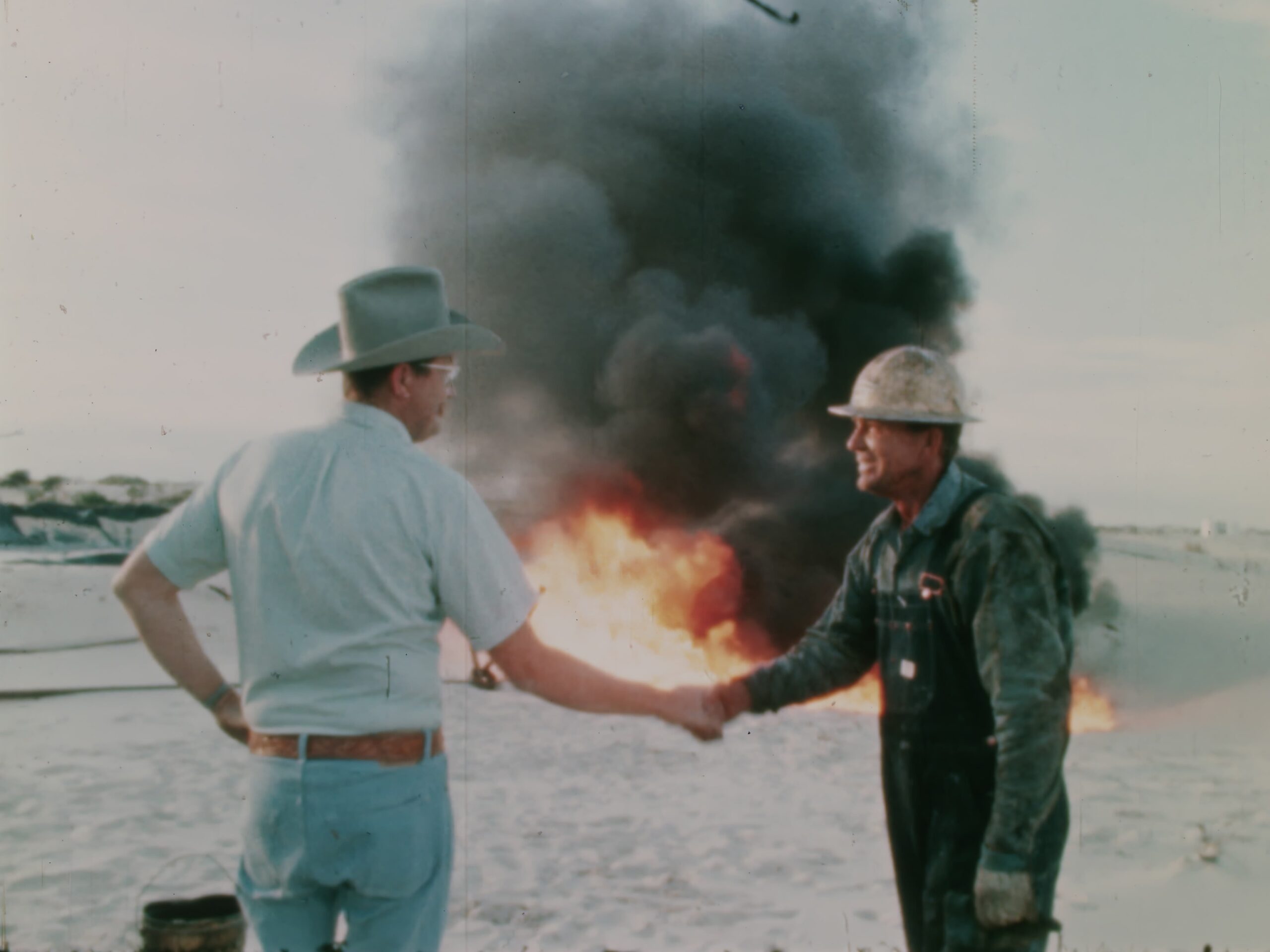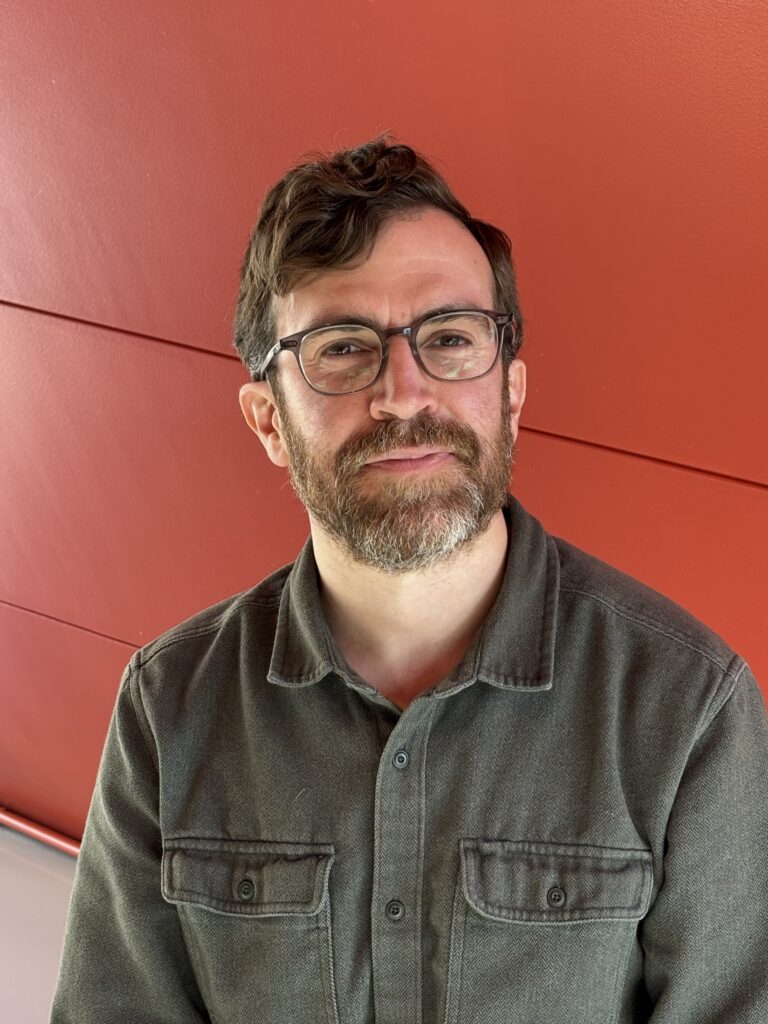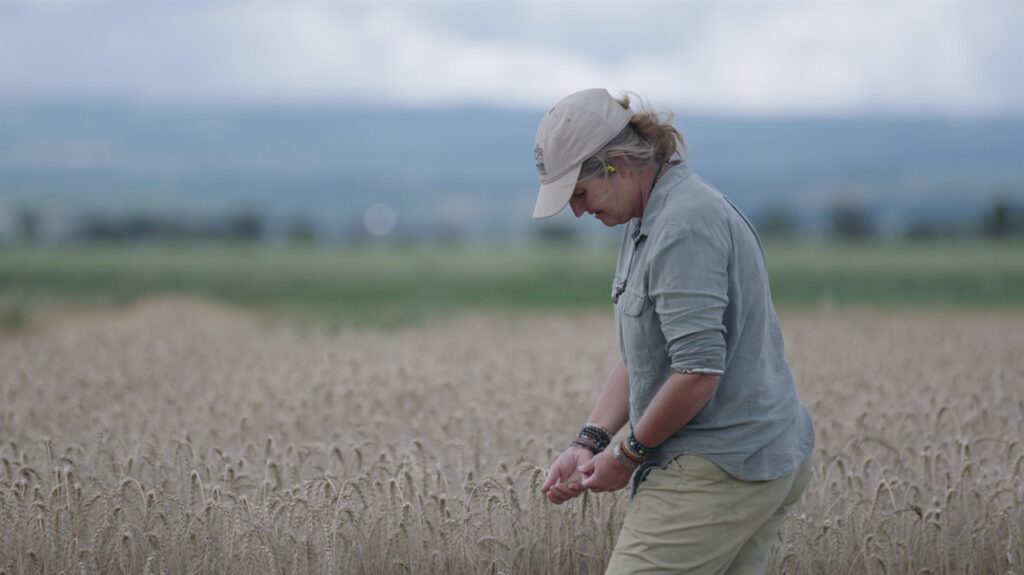This BAMPFA documentary series explores the unseen side of climate change
From drought-stricken equatorial Kenya to the halls of power in the White House, these stunning documentaries go deeper than climate headlines.

Courtesy BAMPFA
January 31, 2025
From drought-stricken equatorial Kenya to the halls of power in the White House and the microscopic corners of the human body, the effects of climate change can be seen everywhere. Yet beyond the terrifying headlines and images of climate disaster we’ve grown all too accustomed to seeing, the stories behind our changing climate — of those who fueled it through political inaction, those working to study it, and those who bear the brunt of its effects — too often go ignored.
Beginning this Sunday, February 2, the Berkeley Art Museum and Pacific Film Archive will present Climate Journalism on Screen, a film series highlighting a quartet of acclaimed documentaries exploring stories like these. It heralds an exciting new partnership between BAMPFA and the Graduate School of Journalism, whose faculty worked closely with the museum’s curatorial team to hand-select the films and assemble post-screening panels of distinguished scientists, journalists, and filmmakers to discuss them. It illustrates a longstanding and vital relationship between the university’s scholarly community and BAMPFA’s world-renowned film program, which has been deeply interwoven with the academic life of the campus for decades.
To discuss how this cross-disciplinary partnership came together and what visitors can expect from the film series, UC Berkeley News spoke with BAMPFA’s Film Curatorial Associate Jeff Griffith-Perham, who co-curated the series with J School faculty Jason Spingarn-Koff and Jennifer Redfearn.
UC Berkeley News: What stood out to you about the four climate documentaries that you selected for this series? Are there any overarching themes or approaches that led you to select them?

Courtesy of Kate MacKay
Jeff Griffith-Perham: More than anything, we were looking for quality — movies that not only amplify ideas, but do so in an enriching and aesthetically compelling way, using the many tools filmmaking has to offer. As this is a global issue, we also wanted to present films from different parts of the world to better illustrate the impact.
It worked out that each of the four documentaries selected take very different aesthetic approaches to their diverse subjects. Using only contemporaneous archival footage, The White House Effect is a forensic accounting of how the United States government arrived at a political consensus of cataclysmic inaction on climate change throughout the 1980s and 1990s. It’s an amazing document of how we got to where we are today. Nocturnes is an intimate and immersive portrait of a small team of researchers trekking through the verdant Eastern Himalayas for a study of the local population of hawk moths. Through its pacing, Nocturnes really highlights the patience in the face of urgency, labor, and expertise needed for scientific study. Plastic People is a form of activist documentary, taking a long view of the human reliance on fossil-fuel derived plastics, but it also gets very personal, as plastics pollute our bodies. The Battle for Laikipia, made by a team including multiple School of Journalism graduates, is an epic, years-spanning on-the-ground account of drought, dwindling resources, and contentious elections in equatorial Kenya, which exacerbate the conflict between semi-nomadic Indigenous pastoralists and wealthy white ranchers.

Courtesy BAMPFA
It seems like the genre of “climate documentary” has evolved quite a bit since An Inconvenient Truth became a surprise hit back in 2006. What are some of the most notable trends in this area that you’ve observed as a film curator, and how are those trends reflected in the films you’ve chosen for this series?
The impact of climate change is omnipresent, and as such permeates all facets of documentary filmmaking, smudging out the borders of what makes a climate documentary. The modifier of “climate” at this point can be attributed to a whole swath of nonfiction filmmaking. This includes documentaries about the natural world, like Nocturnes, but also work in the geopolitical sphere.
Plastic People, for example, so clearly addresses waste colonialism. Generations of colonial fissures are at the heart of The Battle for Laikipia, along with climate change and resource scarcity, which fuel human displacement and migration. These stories of displacement and migration are happening all over the globe. The series co-curator Jennifer Redfearn was a pioneer in this form, nominated for an Academy Award for her documentary Sun Come Up from 2011, an early story of receding shorelines and climate refugees in the Pacific. That same year, collaborators Jon Shenk, Bonni Cohen and Pedro Kos made The Island President, again about receding shorelines and climate refugees, this time in the Indian Ocean. Shenk and Cohen also directed the 2017 sequel to An Inconvenient Truth, and along with Kos are the directors of The White House Effect, which kicks off the series on February 2. Shenk, Cohen, and Kos will be in conversation after the screening and as they’ve been in the climate documentary trenches for a long time now, it will be great to hear from them.
In previewing work for the series, there were so many rich topics covered in films not selected, like the vulture capitalism that follows environmental disaster, big tech’s relationship with climate, and the impact of animal agriculture, but also very personal essay films confronting ethics around personal responsibility and whether or not to have children. As the effects of climate change become more and more visible and personal in our day to day, it has been heartening to see this reality bleeding more and more into the work of narrative fiction filmmaking as well.

Courtesy BAMPFA
This film series was developed as an interdisciplinary collaboration between BAMPFA and the Graduate School of Journalism. What can you tell us about that process, and about BAMPFA’s partnerships with academic units more generally?
On the film side, BAMPFA has regular collaborations with the Department of Film & Media, including our Wednesday night screening series during the academic year, Alternative Visions and Documentary Voices. These series bring together both students and the public in the same theater to watch movies and hear directly from filmmakers and scholars. For all of our year-round programming, we scour the course catalog looking for links with the work of our curators to classes on offer and try to enlist those instructors to send their students to screenings. We have had a lot of luck building connections with faculty and students across departments through this process, as we find the work of our film curatorial team often complements work being done in the classroom. There are, of course, also longer term collaborations with various departments and centers, often in the aid of traveling visiting filmmakers and scholars.
Yes, Climate Journalism on Screen is a cross-campus collaboration between BAMPFA and the Graduate School of Journalism, specifically the other co-curators of the series, J School faculty Jason Spingarn-Koff and Jennifer Redfearn. Jason, who previously worked at Netflix and the New York Times, has such an expansive knowledge of the contemporary documentary landscape and came to us with a fantastic list of titles for consideration. Both Jason and Jennifer are filmmakers, leaders in the climate documentary field, so we’re lucky to have them as collaborators and here on campus generally, where so much work on climate change is being done across all departments. Jason or Jennifer will be moderating three of the four post-screening conversations that will accompany the screenings. It will be a wonderful opportunity for the public and students to see great work and hear from experts on the cutting edge of research.

Courtesy BAMPFA
Beyond the imperative of the climate crisis, are there any specific takeaways you hope viewers will draw from this series?
There are many ways in which the arts, in this case cinema, and fact-forward science can intermingle and enrich one another. One needn’t dominate the other. They can work in concert. These documentaries do not pretend to address climate change as a whole, but instead approach their multifaceted subjects with a clear-eyed understanding of the facts on the ground and in the atmosphere. These are invigorating movies and I hope the post-screening conversations will be illuminating to our audiences, as we draw on the incredible interdisciplinary work being done here on campus to find solutions to the innumerable problems of the day.
Interview has been condensed and edited for clarity.